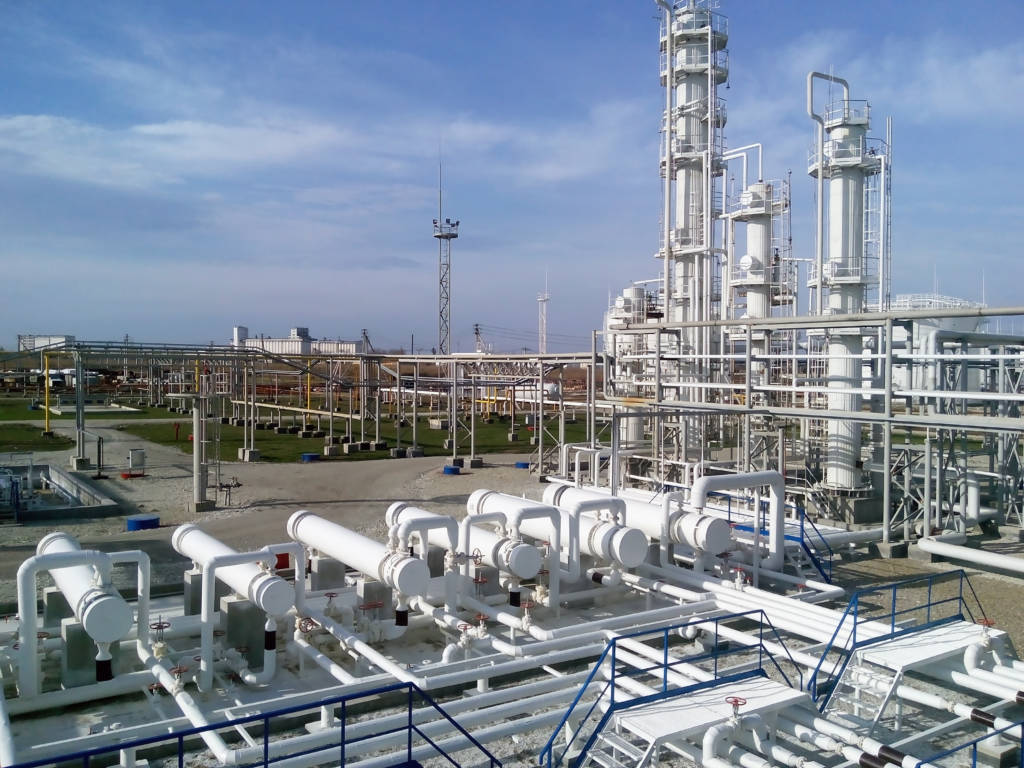
Waste Gasification
Our society produces over 2 billion tons of waste per year, which is expected to grow by over 70% by the next five years – to put that into perspective, that’s a line of garbage trucks stretching from San Francisco to New York City every single day.
With this issue, companies have long sought ways to turn all this waste into energy by burning our trash – but this method is said to strike major environmental drawbacks. So what is the better solution? – Gasification

How does Gasification Turn Waste into Energy?
Gasification is a technological process that converts any carbonaceous (carbon-based) raw material, such as coal, into fuel gas, also known as synthesis gas (syngas for short) – a process said to be economical and eco-friendly. This synthetic gas can then be converted into various end products like electricity, hydrogen fuel, ethanol, and more.
How can Microwave Plasma be Used for Waste Gasification Applications?
Microwave energy can potentially promote gas production during biomass pyrolysis or gasification based on its advantageous features, such as rapid and selective heating. Microwave energy can be used to generate microwave plasma, which thus can be used to convert biomass into renewable biofuels.
Microwave Plasma for Waste Gasification Application
Our customer needed a high-power microwave source that could be used to generate a stable source of plasma intended for disposing of solid waste materials. Discover how RFHIC’s GaN solid-state microwave solutions meet their needs!
Customer
Our customer is a globally renowned company specializing in developing green plasma energy to industrialize plasma application technology. The company operates a world-class plasma gasification plant generating up to 600kg of green hydrogen production per day to be reused for electricity and other forms of green gases.
Customer Request
Plasma energy can dispose of both biomass and harmful wastes and convert them into an efficient form of energy – called syngas. The produced syngas can then be used to generate electricity, fuel combustion systems, and produce hydrogen.
The customer used a 30kW magnetron system to generate plasma for their waste gasification system. Unfortunately, the company had major reliability and safety issues due to the magnetron’s short life span and high voltage characteristics. The system would shut down every couple hours due to a faulty magnetron head. Also, having the magnetron supplier overseas made the process even more inefficient and costly.
Due to the system’s frequent shutdowns, the company was having trouble creating a reliable source of plasma and getting its system to scale. The company was looking for a microwave solution to generate and obtain plasma reliably while withstanding those high temperatures.
RFHIC’s Proposed Solution
RFHIC offered a 12kW GaN solid-state microwave generator (RIK2512K-40TG_H) operable from 2400 to 2500 MHz. The RIK2512K-40TG_H is a solid-state microwave power source fabricated using RFHIC’s cutting-edge gallium-nitride (GaN) on silicon-carbide (SiC) HEMT. The RIK2512K-40TG_H comes fully equipped with a 3-phase 380VAC power supply unit, a control module, and four SSPA shelves.
Alternative to conventional magnetron-type microwave power supplies, RFHIC’s RIK2512K-40TG_H allows precise digital controllability of the frequency and phase. These key features allowed our customers to generate and obtain a more uniform and deeper plasma penetration, achieving higher volumes of waste in a shorter time.
Although the acquisition cost of RFHIC’s GaN solid state MWG was higher than the magnetron, RFHIC’s GaN solid state MWG ended up being an economical alternative when considering all variable costs (ex., longer lifetime, less maintenance, digital control capability = better quality products, etc.)
Key Benefits
- Longer Lifetime of product = Fewer breakdowns = Less Downtime
- Compact Size = Less floor space required = Lower Costs
- Domestic after-service care = Fast and efficient A/S
- Faster Processing Time = Due to the better plasma uniformity allowed them to burn the biomass
- Quality = better quality of plasma was generated using our GaN SSMG, achieving higher plasma density

